Recently I ran a coaching session with a group of students where I explained maintaining attack from the rear court rather than lifting the shuttle. The lesson was so well received I thought I’d share this with you…
If you not blessed with the biggest smash, then there are occasions when you find yourself pinned to the rear court. So, how do you maintain the attack rather than give it away?
Before discussing shots, let’s understand the mindset first. You are not expected to hit winners from the rear court, especially if your opponent hits a good length and the shuttle is dropping on the base line.
The role of each player is to set up a potential rally-winning opportunity. Against a good defence this requires playing with intelligence rather than brawn.
Whenever you face a situation like this, it is your mission to test as many ways to interrupt the timing of your opponent’s defensive shot. This can potentially create a weaker return and sometimes results in a reply “popping up” presenting any easier kill opportunity for either you or your partner at the net.
Intelligent Play is the Key!
What do I mean by intelligent play? This is where you design your shot with the intention of creating a weaker reply.
How is this achieved? Let’s run through a few scenarios…
You’ve got a reasonable smash but your opponent’s defence is just too strong. You’re not going to hit through them. Your opponent quickly times their defensive replies and therefore is consistently returning the shuttle error free.
At times like this your role is to test for weakness by introducing variation in the form of
– Shot selection
– Pace of shot
– Placement of shot
Shot selection
There are a variety of shots you can chose to maintain attack. These are:
– Smash
– Drop shot
– Clear (attacking)
Now let’s add the other ingredients…
– Half pace smash, slice smash, reverse slice half smash aimed at your opponent’s forehand, backhand or various areas around their body, including a body shot itself.
– Full pace long smash landing in the rear court.
– Drop shot with slow or fast slice to your opponent’s forehand, backhand or directly in front of them.
– Attacking clear, “punching” the shuttle so it travels low enough that your opponent cannot intercept and yet fast enough to ensure they cannot get behind the shuttle to attack.
When you test these options you will find a weaker return. This is the first clue. Test a few times to re-confirm your thoughts rather than assume.
What happens when you attack the opposite diagonal? E.g. slice smash to your opponent’s forehand followed by full pace smash to their non-racket shoulder. You have then made your opponent dig down low for the slice smash and then face a high smash to their shoulder. This moves their racket the further distance from the “ready” position. Do they look ready for a body shot next or have they already returned a weak reply?
This is just one of many combinations. When you find the combination that presents a weaker reply, test it again. If your opponent continues to struggle then you should be in a position to repeat this pattern and/or add others and really mess up their defence.
During the coaching session the players discovered that they could find a weak return or almost set up the weak return within three shots! That’s incredible but true. You should be able to do the same.
I’m often asked whether I would prefer a partner with a big smash or great serve. Of course, I’d choose the latter but would prefer both! My utopia would be to have a partner had both of these traits and also had the intelligence to use variation and the skill for good placement. After all, a well-placed shot with power is even more difficult to return.
Summary
Badminton is a game that is won by mistakes and NOT winners. By playing with intelligence and skill, you can create situations where weaker responses become predictable. These are mistakes and opportunities for you to capitalise on and win the point.
Test your opponent often rather than trying to hit through them, even if you can, and you may find that intelligent and accurate play outperforms brute strength and power.



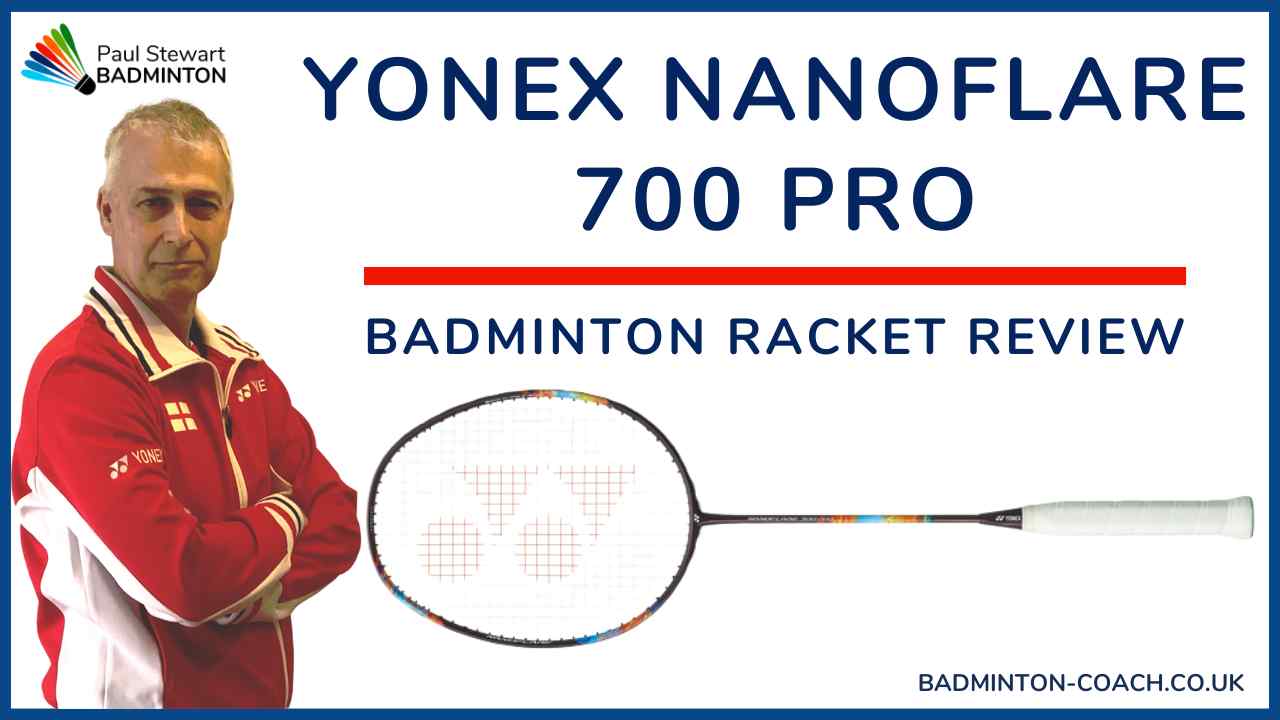

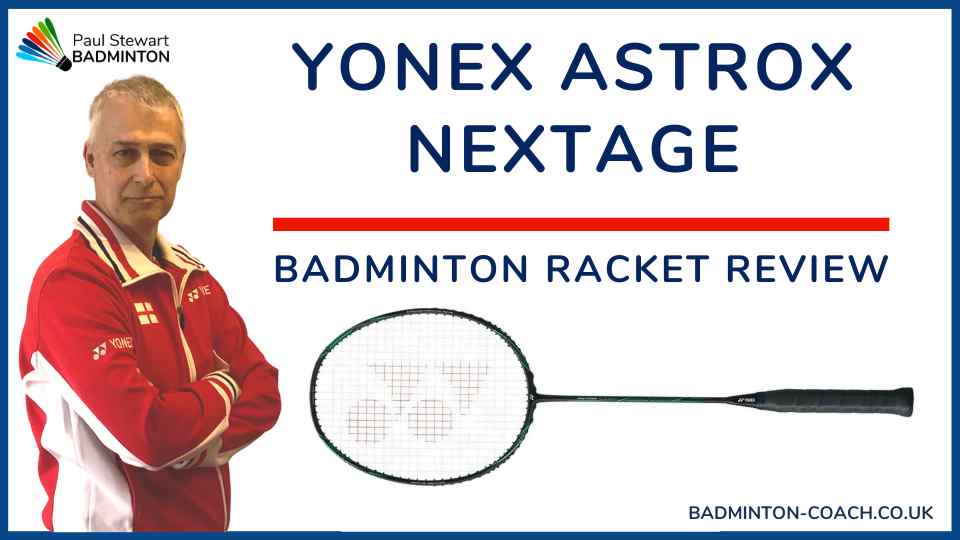

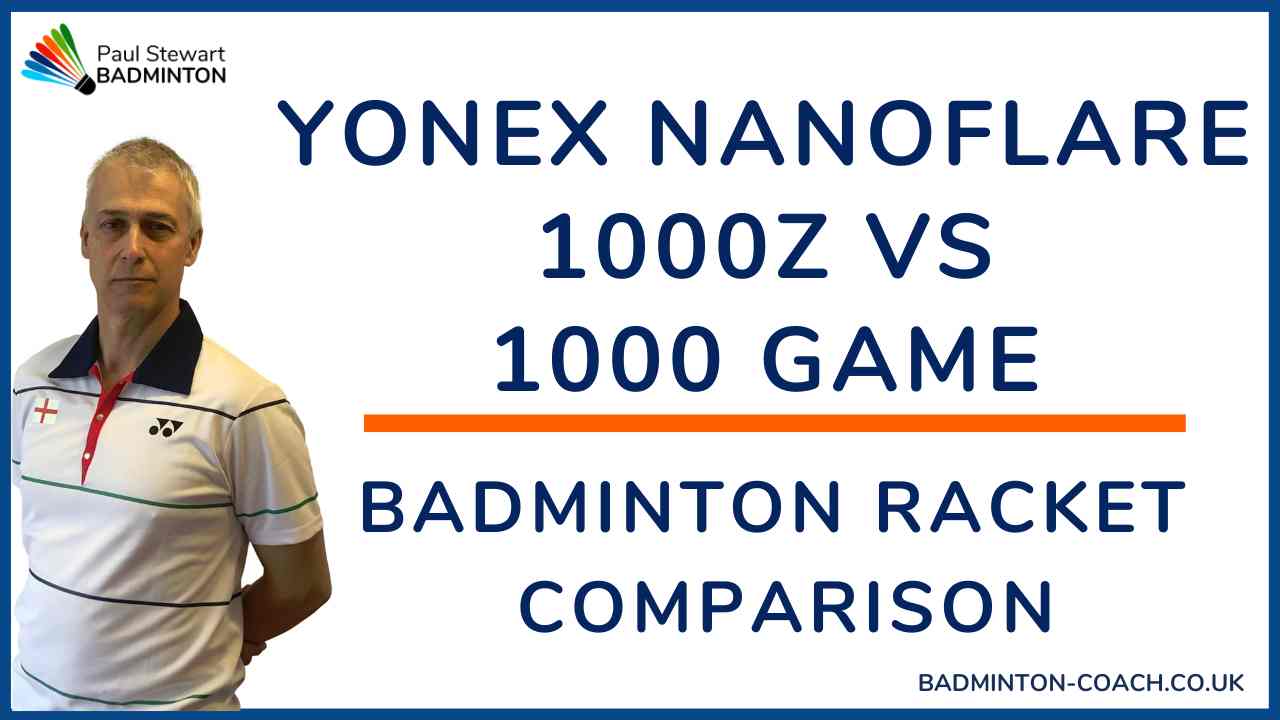
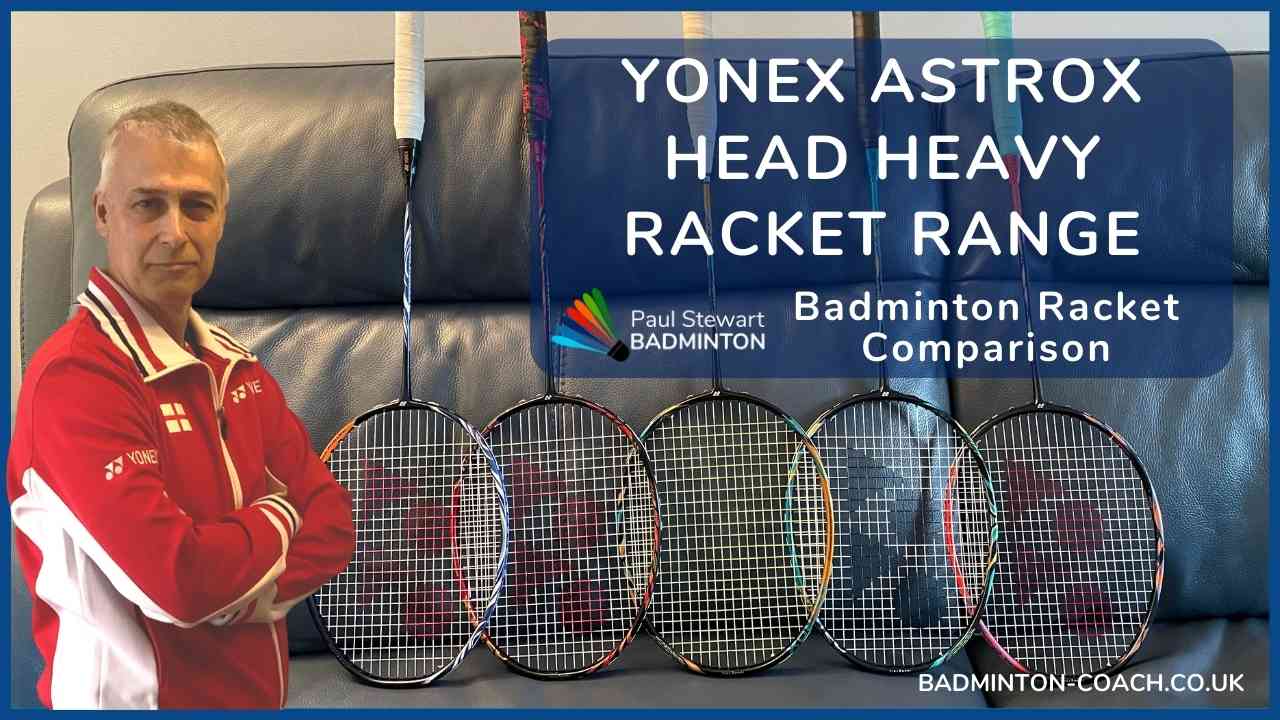
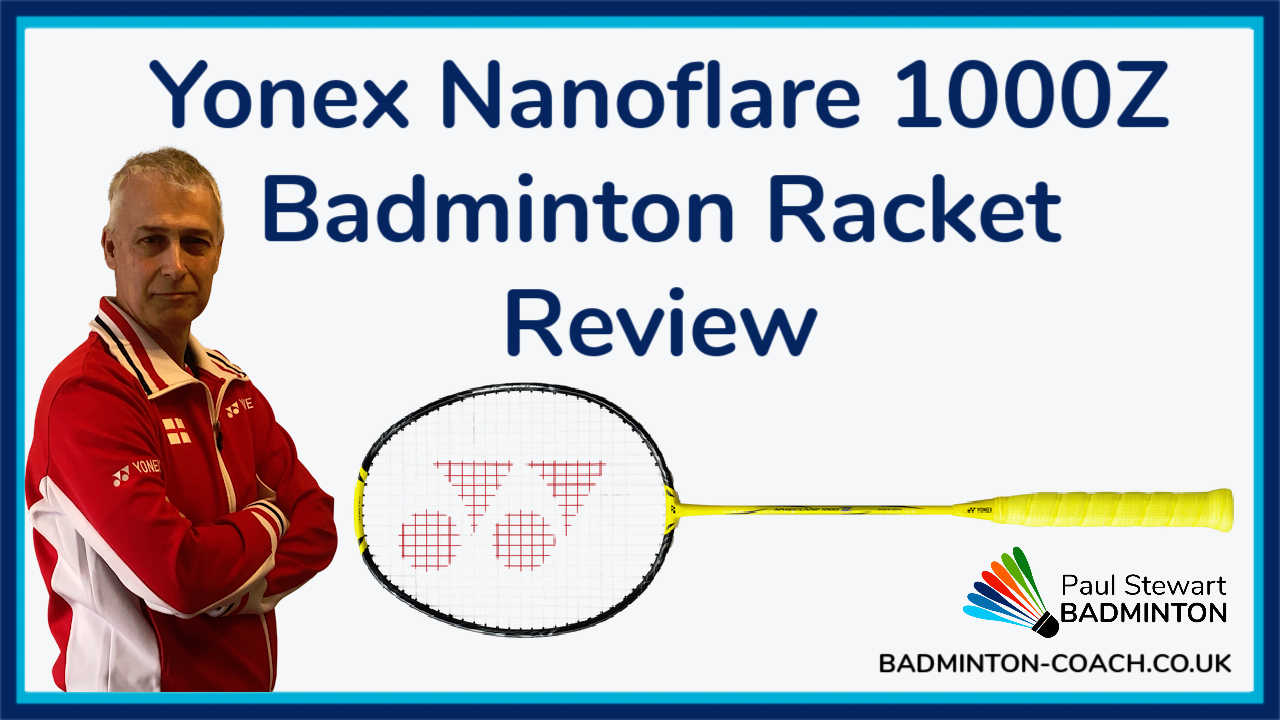
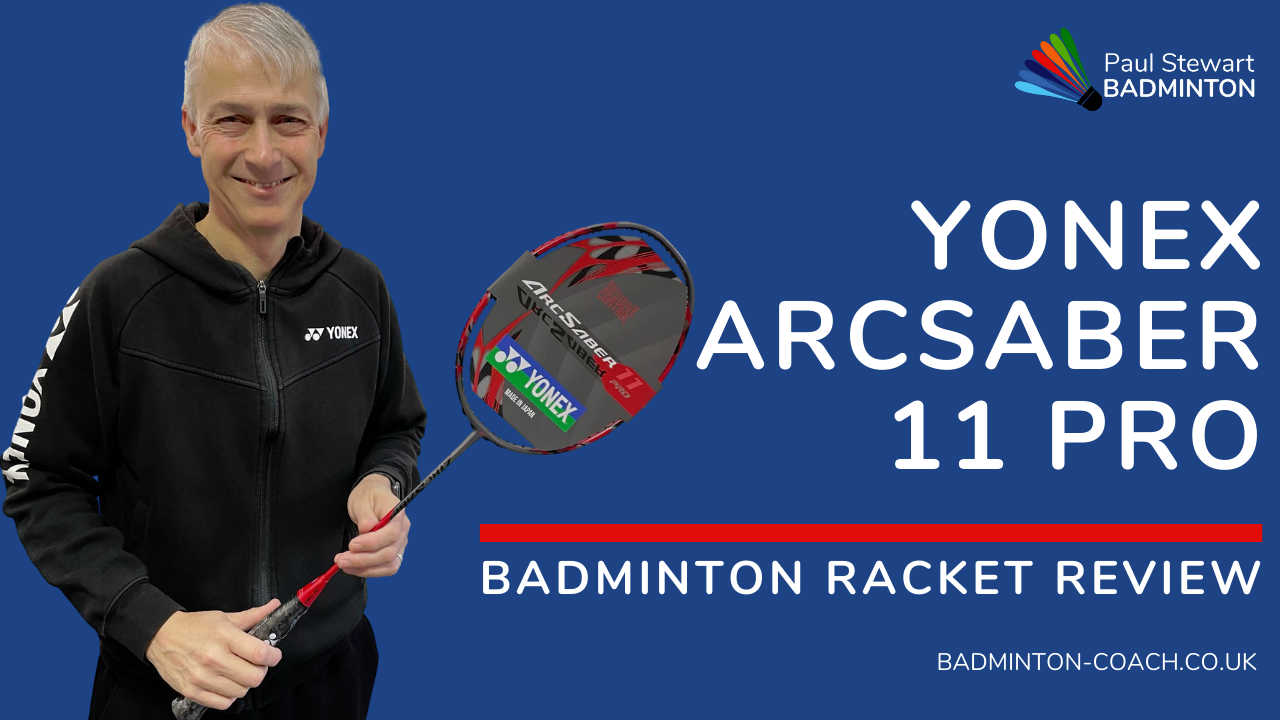

Leave A Comment
You must be logged in to post a comment.